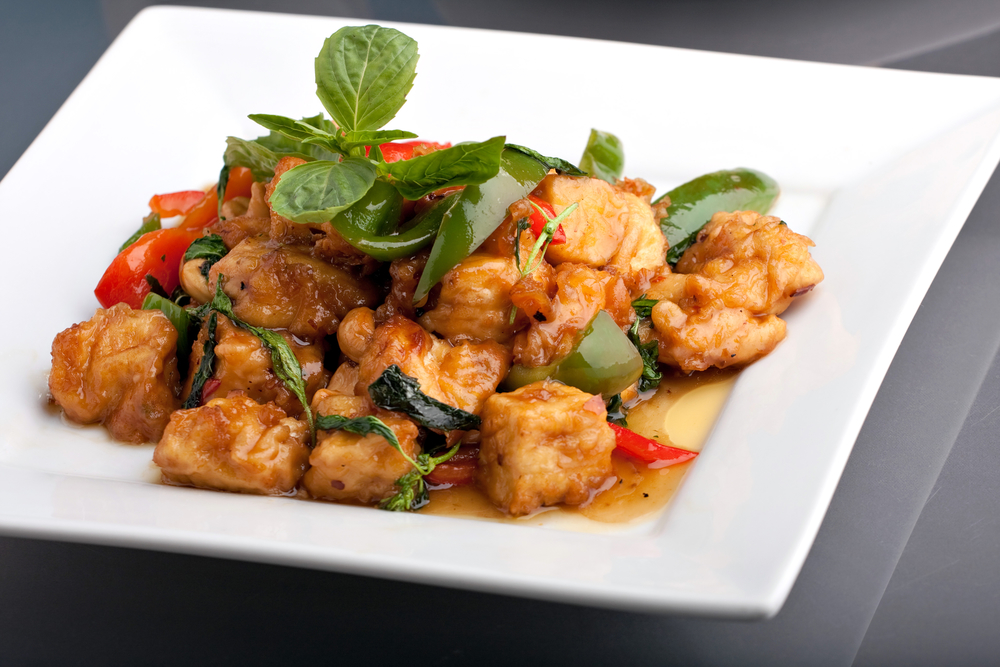 Taste is king when planning menus for seniors. After all, if the food doesn’t taste good, no one will eat it. But, as anyone who has ever seen a cooking show on televisions knows, food’s presentation is equally as important.
Taste is king when planning menus for seniors. After all, if the food doesn’t taste good, no one will eat it. But, as anyone who has ever seen a cooking show on televisions knows, food’s presentation is equally as important.
Appearance matters because food that is attractive and appetizing always seems to taste better. And, if senior meals don’t look tempting, no one will even take a bite.
Designing appealing menus for assisted living facilities can be challenging, but the following tips can help you improve the presentation of your meals.
Creating Visual Appeal in Menus for Seniors
Turkey with mashed potatoes and a side of pears could be a nutritious senior meal. But consider the color of the foods – everything is beige. Not exactly enticing, is it?
Adding some color can make the meal much more inviting.
Switch out the pears for mandarin oranges, for example, or place some green peas or broccoli on the plate. The key is to present seniors with meals full of a variety of vibrant colors. This will make the food look appetizing, which may encourage seniors to eat.
Plating Strategies for Senior Menus
Sure, dropping an institutional scoop of rice or pasta onto a plate is quick and easy. But think about how that looks to the seniors in your assisted living facility. If it looks institutional, it will likely institutional.
Why not place foods like these in ring molds? Using molds takes just a moment, and it makes simple foods look interesting and delicious.
While you’re thinking about plating, consider the dishes you use to serve senior meals. Are they all a bland, boring white? Or, worse, are they hospital-style compartmented trays?
Colorful plates and bowls can liven up your meals. Contrasting the colors of your dishes with the colors of your foods is another effective strategy to boost visual interest in your menus.
Garnishing Menus for Seniors to Enhance Presentation
Eye-catching garnishes can bring excitement to food, and they aren’t difficult to create.
Garnishing is about making meals look more appealing by adding a final touch of contrasting color. Ingredients used for garnishes must be edible, of course, and they should complement the flavors of the foods on the menu.
Try sprinkling minced chives over a baked potato or chopped fresh basil over a bowl of spaghetti. Or, top vegetable soup with a few flavored croutons or a dollop of sour cream (or plain yogurt) just before serving.
Finally, most any dessert can be enhanced with a bit of whipped cream, fresh berries or diced fruit, a mint sprig or chocolate shavings.
If you currently skimp on presentation because of time and food cost, consider adopting a menu planning program. The comprehensive Grove Menus suite of tools helps you improve your food service processes as well as product. You will save time and money while providing your residents with a diet that is delicious as well as nutritionally sound.
Contact us today to learn more about using Grove Menus for residential care facilities, nursing homes and group homes. We would love to give you a no-pressure demonstration and explain how our solutions can assist you and your staff in planning meals for seniors.
